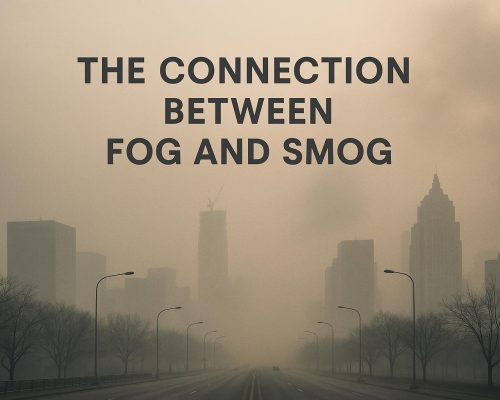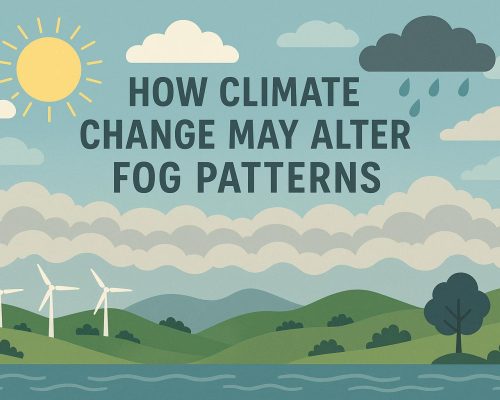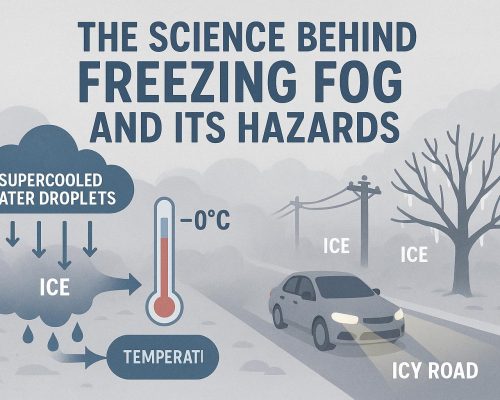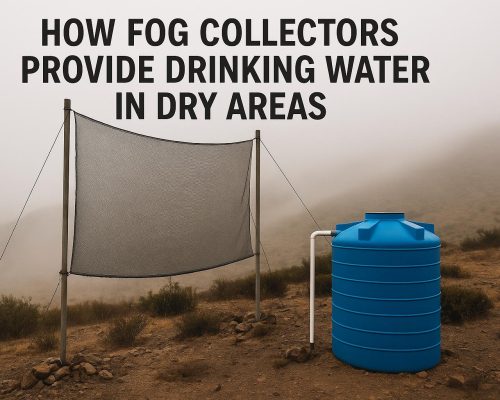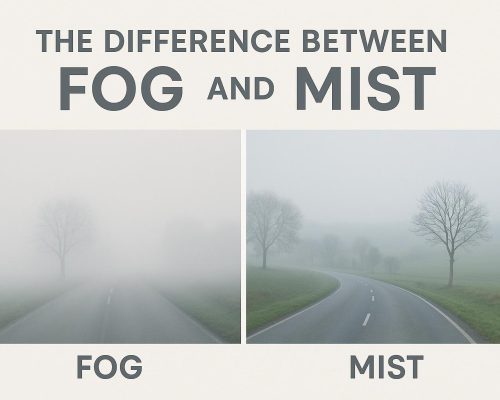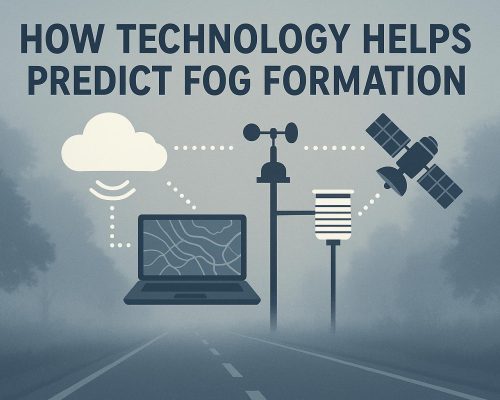
How Fog Influences Road Accidents
Understanding Fog and Its Characteristics
Fog is essentially a low-lying cloud composed of numerous, minuscule water droplets suspended in the atmosphere. This meteorological phenomenon significantly curtails visibility on roadways and is more frequently encountered in certain geographic areas. Fog typically materializes when moisture within the air near the ground level condenses, usually induced by a drop in temperature. The result is often a thick, billowing mist that can vary from a slight haze to dense clouds, which severely impairs visibility.
The Effects of Fog on Road Visibility
A critical aspect of how fog affects road conditions is its considerable reduction of visibility. In dense fog, drivers often find their visibility constricted to only a few meters ahead, complicating the task of observing road signs, detecting obstacles, or noticing other vehicles. This abrupt decrease in visibility can take drivers by surprise, prompting sudden braking or hasty steering adjustments, which may escalate into accidents.
Perception Challenges in Foggy Conditions
Fog not only diminishes visual clarity but also distorts depth perception and the estimations of speed. Drivers may face difficulties when attempting to gauge the distance and velocity of approaching vehicles, amplifying the likelihood of collisions. This phenomenon may also cause an optical illusion often referred to as “fog blindness,” where drivers misjudge the distance of objects or vehicles in front of them, potentially instigating unsafe maneuvers.
Impact on Reaction Times
Driving in fog can prolong a driver’s reaction times, primarily because the limited visibility curtails their reaction time to unforeseen circumstances. The absence of clear visual cues demands heightened concentration and continuous attention, which can lead to fatigue and slower reflexes. Drivers may fail to notice brake lights, pedestrian crossings, or wildlife until it is too late, thus increasing the possibility of accidents.
Statistics on Fog-Related Accidents
Numerous studies have delved into the impact of fog on road safety. Data amassed from various transportation safety agencies indicate that accidents involving fog often result in more severe casualty rates compared to those occurring under clear weather conditions. This can be partly attributed to the multi-vehicle pile-ups that tend to happen amid foggy conditions, as the compromised visibility triggers a chain reaction of collisions.
Geographical and Seasonal Considerations
Some regions are inherently more susceptible to foggy conditions due to their geographic and seasonal characteristics. Coastal areas, valleys, and regions experiencing high humidity coupled with low temperatures frequently encounter fog formation. For instance, cities located near vast water bodies, such as San Francisco, often grapple with dense fog, presenting ongoing challenges for commuters and travelers alike. Comprehending these patterns aids in devising meticulous travel plans to circumvent fog-prone areas during peak seasons.
Mitigation Strategies
Numerous strategies can be employed to mitigate the risks associated with fog. Drivers are encouraged to utilize fog lights and reduce traveling speed to maintain a safe distance from other vehicles. It’s equally important to rely on road markings and supportive navigation systems to remain oriented. Furthermore, policymakers are advised to enhance the visibility of road signage and employ technologies like fog detection systems to pre-warn drivers of impending foggy conditions.
Technology and Safety Measures
Technological advancements in automotive design, such as automatic braking systems, adaptive cruise control, and lane departure warnings, have proven effective in reducing the likelihood of accidents during foggy conditions. Implementing intelligent infrastructure capable of conveying real-time traffic alerts and weather conditions can substantially bolster safety levels on the roads.
Conclusion
Fog constitutes a significant hazard to road safety due to its drastic reduction of visibility, as well as its influence on drivers’ perception and reaction times. By gaining insight into the factors that exacerbate fog-related accidents and applying a blend of preventative strategies and cutting-edge technologies, both drivers and policymakers stand a better chance of minimizing these risks. Although fog cannot be entirely avoided, its adverse impacts can be alleviated, contributing positively to the enhancement of road safety.

